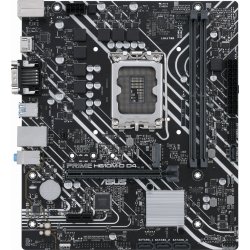- Intel LGA 1700 Intel® Celeron®, Intel® Pentium® Gold
- PC micro ATX Intel B760 Express Realtek ALC897 7.1 canales
- DDR4-SDRAM 2 DIMM No ECC Memoria interna máxima: 64 GB
- M.2, SATA III Compatibilidad con RAID
- Tipos de BIOS: UEFI AMI 128 MB/s Versión ACPI: 5.0 Jumper Clear CMOS
- Gigabit Ethernet
Gigabyte B760M H DDR4 (rev. 1.0). Fabricante de procesador: Intel, Socket de procesador: LGA 1700, Procesador compatible: Intel® Celeron®, Intel® Pentium® Gold. tipos de memoria compatibles: DDR4-SDRAM, Memoria interna máxima: 64 GB, Tipo de ranuras de memoria: DIMM. Interfaces de disco de almacenamiento soportados: M.2, SATA III, Niveles RAID: 0, 1, 5, 10. Tipo de interfaz ethernet: Gigabit Ethernet. Componente para: PC, Factor de forma: micro ATX, Familia del chipset: Intel

